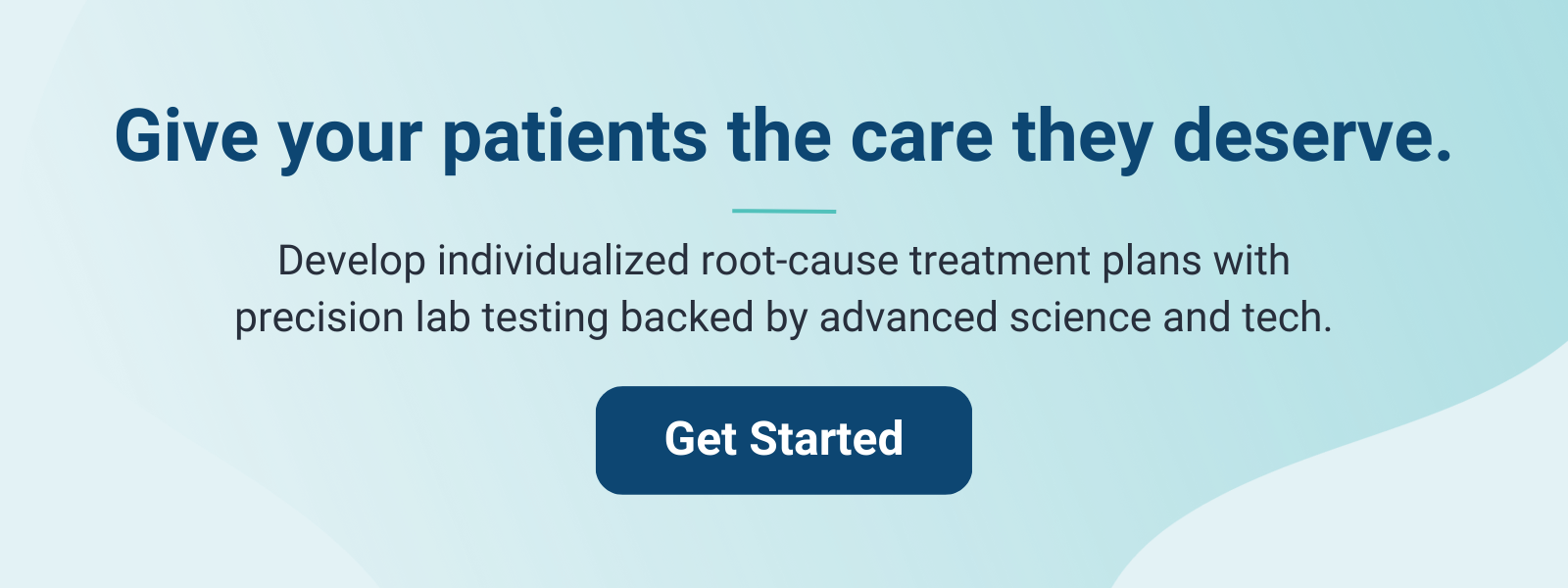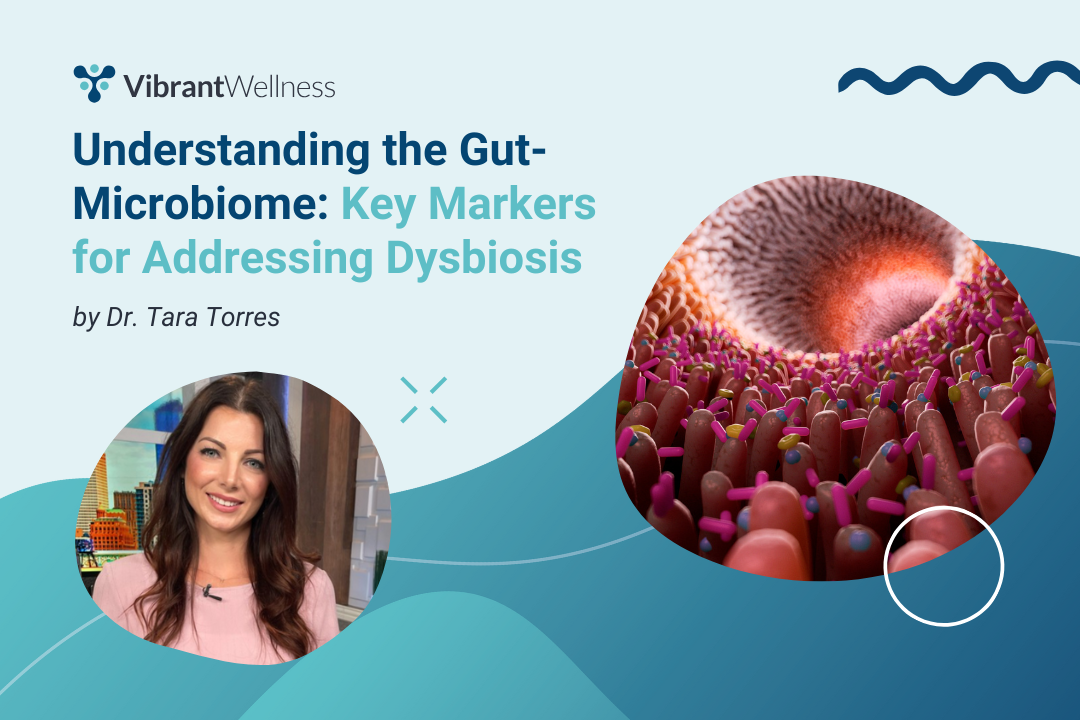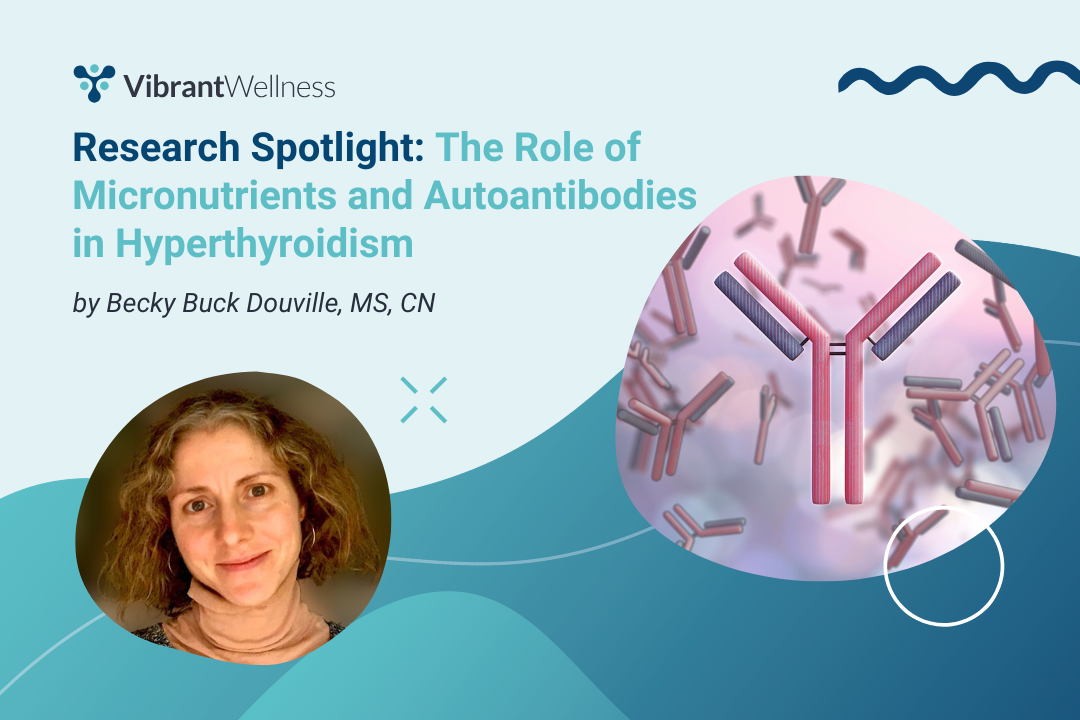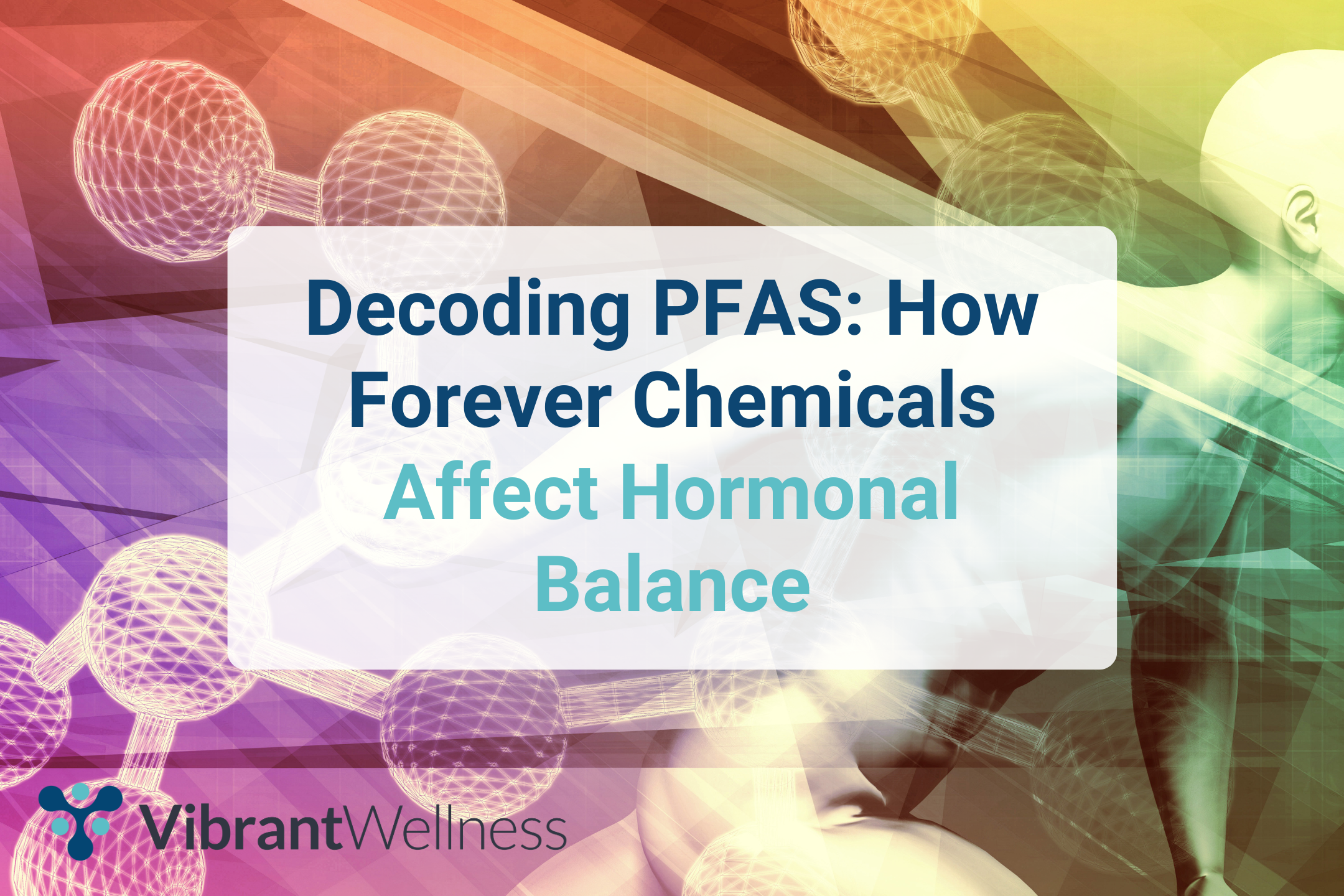Understanding Hormonal Balance
Hormonal balance plays a crucial role in women’s lives, influencing far more than reproductive health. Estrogen, the primary female reproductive hormone, supports brain function and regulates bone, skin, and cardiovascular health. Progesterone, the primary pregnancy hormone, has a relaxing effect when balanced, but when levels start declining around the age of 35, it can cause anxiety.
Despite their far-reaching impact, there is a lack of education on hormones.
When hormones are well-balanced, they contribute to vibrant health. But when imbalances occur, it can give rise to a whole range of overwhelming symptoms, from mood swings to physical discomfort.

Hormonal health is complex, shaped by both medical conditions and modifiable factors like nutrition, lifestyle, and especially, stress. Fortunately, many causes of imbalances—particularly in younger women—are reversible when properly addressed.
In this blog, we’ll dive into the root causes of hormonal imbalances and share practical ways to restore balance and improve overall health. Because when we address the source of the issue, true healing is possible.
Table of Contents
Signs of Hormonal Imbalance

Hormonal imbalances occur when the body produces too much or too little of a hormone. In women, we usually refer to the levels of estrogens and progesterone. There are the most common symptoms of hormonal imbalances:
- Irregular periods
- Headaches
- Mood swings
- Brain fog
- Skin issues such as Acne
- Hair changes
- Digestive issues
- Bloating
- Weight gain
- Fatigue
- Night sweats
Causes of Hormonal Imbalance: Cycles, Pregnancy, Postpartum, & Menopause

From the moment they start menstruating, women are naturally subjected to waves of hormonal changes that affect their bodies and minds.
Throughout the years, from menstrual cycles to pregnancy, postpartum, and menopause, a woman’s body goes through great fluctuations in hormone levels.
The body knows how to naturally rebalance itself over and over but, for most women, it doesn’t happen without noticeable physical and mental shifts.
Menstrual Cycles
It is common to experience some degree of emotional stress, abdominal bloating, and appetite changes around the time of menstruation. PMS (Premenstrual Syndrome) symptoms can be mild, moderate, or severe, and of variable duration. A comprehensive worldwide study review has shown that 47.8% of menstruating women suffer from PMS1.
Every month, in a normal cycle, estrogen and progesterone promote the thickening of the uterine lining to prepare for pregnancy. During ovulation, an egg gets released from the ovaries, and when fertilized, it becomes implanted in the thickened wall of the uterus. In that case, the levels of estrogens and progesterone increase to sustain pregnancy. When fertilization doesn't occur, levels of estrogens and progesterone drop significantly to trigger the shedding of the uterine lining. This results in vaginal bleeding, often accompanied with cramping and abdominal pain.
The drop in hormone levels that takes place right before menstruation often contributes to noticeable mood changes, the hallmark of Pre-Menstrual Syndrome.
Pregnancy
The first trimester of pregnancy is marked by a sudden rise in estrogen and progesterone levels that disrupts the body’s normal balance leading to various symptoms, such as fatigue, skin rashes, or unusual cravings. The symptoms usually disappear as the body gradually adapts to the higher levels of hormones that keep increasing throughout the second and third trimesters.
Note: It’s uncertain whether nausea is caused by those two hormones and the increase in Beta HCG. A recent study 2 brings forth a new hypothesis showing that the GDF15 hormone produced by the fetus could be responsible for morning sickness.
Postpartum
The Postpartum period begins after delivery and usually lasts 6 to 8 weeks. Right after giving birth, mothers experience a sharp drop in hormone levels, a sudden shift from the high estrogen and progesterone present throughout the nine months of pregnancy.
When we consider the functions of estrogen and progesterone on the female body and mind, we can easily understand how postpartum can present as a challenging period for most women.
Estrogen modulates the release of serotonin, the neurotransmitter most involved in depression; Progesterone increases GABA, the anti-anxiety neurotransmitter, also promotes restful sleep.
Sometimes supplementing with a low dose of progesterone during the postpartum period can help overcome anxious and depressive states.
Menopause
Although menopause is a normal biological process that marks the end of ovarian egg production, it can be a devastating event for many women.
Perimenopause, which is a transitional phase of variable duration, is usually the most sensitive time of menopause.
In the perimenopausal period, the body becomes gradually depleted of estrogen, the main female hormone involved in many bodily functions.
This brings about the typical menopausal hot flashes and night sweats, along with sleep disturbances, fatigue, and brain fog which can considerably affect quality of life. In addition, both physical and mental stress resilience decreases with the loss of estrogens. As a result, menopausal women have a lower tolerance to stress and a higher susceptibility to illness3.
Medical Conditions Related to Hormonal Imbalance

Certain medical conditions predispose women to irregular cycles, increased menstrual symptoms, and fertility issues, including:
PMDD (Pre-Menstrual Dysphoric Disorder)
PMDD is a severe form of PMS. Women with PMDD can experience extreme mood changes, dysmenorrhea (cramping, aching pain), headaches, and nausea. In some cases, these symptoms can last for up to 2 weeks, which can significantly affect their daily lives. Premenstrual dysphoric disorder (PMDD) is considered a more severe and disabling form of PMS and is listed as a mental disorder in the fifth edition of the American Psychiatric Association's Diagnostic and Statistical Manual of Mental Disorders (DSM-5), whereas PMS is not4.
PCOS (Polycystic Ovarian Syndrome)
PCOS used to be a rare diagnosis in medical practice because it required the presence of multiple ovarian cysts. Today, many young women who experience delays in getting pregnant or infertility are receiving a diagnosis of PCOS based on a history of irregular periods and elevated androgens in their blood work. In 2022, the WHO estimated that nearly 116 million women were affected by PCOS.
With PCOS, levels of testosterone and DHEA are increased to abnormal levels that inhibit female hormones and cause irregular periods.
Metformin and contraceptives are often prescribed in cases of suspected PCOS 5.
However, in many instances, it is a transient condition that can be reversed with lifestyle changes and supplementation.
Type 2 Diabetes
Type 2 Diabetes causes elevated levels of insulin that affect the balance between estrogen and progesterone. It may also induce testosterone production from the ovaries, leading to acne, hirsutism, and abnormal menstrual cycles as seen in PCOS.
Anorexia
Every function in the body needs energy, which is provided in the form of food intake. When calories from food are restricted, the body uses the energy for essential survival functions rather than making reproductive hormones, leading to a range of issues.
Body fat is essential for the body to make estrogens. When body fat drops, so do the levels of estrogen. Anorexia can lead to Amenorrhea (absent periods) due to caloric restriction, reduced body fat, stress, and increased cortisol levels.
Anorexia also suppresses the hypothalamus which signals the pituitary to stimulate the ovaries. In the brain, the hypothalamus orders the release of FSH (Follicle Stimulating Hormone) and LH (Luteinizing Hormone) from the pituitary. FSH and LH, stimulate the ovaries to produce estrogen and progesterone.
Finally, anorexia causes intense physical stress, which interferes with the HPA (Hypothalamus-Pituitary-Adrenal) Axis. This increases cortisol production to abnormal levels and suppresses progesterone synthesis.
Thyroid Disorders
Thyroid disorders are much more common than they used to be. The prevalence of hypothyroidism in the United States has steadily increased since 2009 6.
Thyroid Hormone is essential for a healthy metabolism and the production of other hormones and therefore can be the source of hormonal imbalance.
Autoimmune Hypothyroidism (Hashimoto’s), which is five to ten times more common in women than men7, presents with decreased levels of T3 and T4 hormones and an increased TSH.
Autoimmune Hyperthyroidism (Grave’s disease) is characterized by high T3 and T4.
In both cases, the immune system releases antibodies against the thyroid and the body essentially “attacks itself.”
However, there is also a rise in non-autoimmune hypothyroidism in women of all ages.
One explanation is that the thyroid gland is very sensitive to the increasing levels of radiation and toxins in the environment, but there is also a strong correlation between long-term stress exposure and thyroid disorders.
Hormonal Balance & Nutrient Deficiencies
Hormone production requires important nutrients that can be missing in the daily diet.
Some are hormone precursors, others regulate the enzymes involved in hormone production some play a role in.png?width=284&height=284&name=Micronutrient%20Panel%20Sample%20Report%20Mockup%20(2).png) hormone metabolism—essentially guiding how the body processes and utilizes hormones.
hormone metabolism—essentially guiding how the body processes and utilizes hormones.
For instance, zinc, selenium, and iodine are essential for thyroid function. Zinc is required for the conversion of T4 to T3 thyroid hormone.
Magnesium and B vitamins such as b5, b6, b12, and folate support the nervous system which influences brain signals for hormone production, primarily cortisol which affects all the other hormones. Women on contraceptives and hormone replacement therapy are more susceptible to decreased levels of minerals and vitamins8.
Before starting a supplement regimen, it is recommended to run the Micronutrient panel which assesses levels of nutrients in the blood and in the cells.
Hormonal Balance & Sleep

Lack of sleep disrupts the body’s circadian rhythm and impacts the production of hormones. The circadian rhythm, orchestrated by the suprachiasmatic nucleus (SCN) in the brain, controls menstrual cycles and ovulation.
With sleep deprivation, the timing of periods and ovulation can be affected. This can lead to skipping periods and having delayed or absent ovulation. Lack of sleep causes an abnormal production of cortisol which in turn affects the production of progesterone.
Hormonal Balance and Environmental Toxins
Toxins found in plastics, cosmetics, pesticides, and other commonly used products can act as potent hormone disruptors in the human body.
Hundreds of human-made chemicals that qualify as endocrine disruptors have been identified, such as PBA (Bisphenol A) mainly found in plastic bottles and food packaging.
Endocrine-disrupting chemicals are natural or human-made chemicals that may mimic, block, or interfere with the body’s hormones.
Unfortunately, endocrine disruptors are difficult to avoid, as they are released in the air and the water.
Testing for environmental toxins:
The Environmental Toxins Vibrant America test is a urine test that measures the levels of toxic chemicals that cumulate in the body as a result of environmental exposure following ingestion or inhalation. Excess levels of toxic substances such as BPA, pesticides, volatile organic compounds, and parabens can be detected in the urine. The test indicates possible sources of exposure for each chemical and offers detox suggestions.
Hormonal Balance & Stress

We cannot underestimate the effects of stress on the body and its ability to disrupt all the systems in the body, starting with the nervous system, and affecting the digestive, musculoskeletal, immune, cardiovascular, and endocrine systems.
The nervous system controls all the other systems in the body, and especially the endocrine system (responsible for hormone production).
Stress is a main cause of hormonal imbalance at any age. It disrupts the HPA axis and can be responsible for various hormonal issues from irregular and absent menstrual cycles, to anovulation, infertility, and premature menopause.
The Cortisol Steal
This is one of the most important biochemical discoveries in hormonal balance.
High levels of cortisol can “steal away” progesterone.
Exposure to stress requires an increase in the production of cortisol as a survival mechanism.
Both Cortisol and Progesterone come from the same “mother hormone” Pregnenolone so when more cortisol is needed, it competes with progesterone production.
Eventually, the lack of the relaxing hormone progesterone causes more stress and can lead to estrogen dominance.
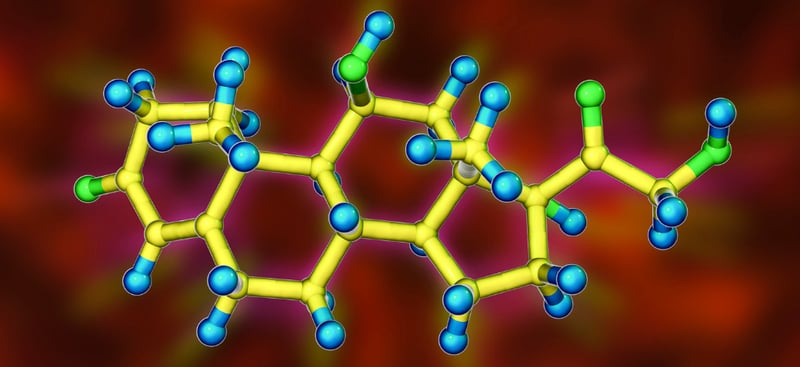
The Bottom Line
Hormones play a crucial role in a woman's life. They strongly impact the way she feels, looks, and ages. Many factors are involved in hormonal imbalance, but some can be controlled with lifestyle changes. At any stage and any age, healthy nutrition, sleep quality, and stress management can positively influence a woman’s health and well-being.
About the Author
Dr. Evelyne Leone, founder of the Institute of Conscious Health, is a medical doctor and board-certified physician specializing in anti-aging, functional, and regenerative medicine. Trained at the Cleveland Clinic and a fellow of the American Academy of Anti-Aging Medicine, Dr. Leone blends expertise with a holistic approach to healthcare.
As an international author, speaker, and mentor to health professionals, she also holds certifications in Ayurvedic Medicine, Yoga, and Reiki. Her practice integrates conventional and functional medicine with mind-body techniques to address chronic and autoimmune diseases, prevent illness, and promote longevity.
Since 2014, Dr. Leone has been practicing functional medicine in Florida and California, with a focus on hormonal balance and stress relief. In her book Into the Heart of Health, she explores the root causes of physiological and mental imbalances that drive chronic illness and premature aging.
References:
-
Ashraf Direkvand-Moghadam, Kourosh Sayehmiri , Ali Delpisheh , Satar Kaikhavandi. Epidemiology of Premenstrual Syndrome (PMS)-A Systematic Review and Meta-Analysis Study. J Clin Diagn Res. 2014 Feb 3;8(2):106–109.
-
Fejzo M, Rocha N, Cimino I, Lockhart S, et-al. GDF15 linked to maternal risk of nausea and vomiting during pregnancy. Nature. 2024 Jan; 625(7996):760-767.
-
Magdalena Sylwia Kamińska, Daria Schneider-Matyka , Kamila Rachubińska , Mariusz Panczyk, Elżbieta Grochans, Anna Maria Cybulska. Menopause Predisposes Women to Increased Risk of Cardiovascular Disease. J Clin Med. 2023 Nov 13;12(22):7058.
-
Celeste Ojeda Hemingway. Premenstrual Syndrome. Medscape e-medicine journal. 2024 April 5.
-
Richard S Legro , Silva A Arslanian , David A Ehrmann , Kathleen M Hoeger , M Hassan Murad , Renato Pasquali , Corrine K Welt. Diagnosis and Treatment of Polycystic Ovary Syndrome: An Endocrine Society Clinical Practice Guideline. J Clin Endocrinol Metab
-
Kathleen L Wine, Lekshmi Nair , Chris P Schneiderman, Brett Pinsky , Oscar Antunez Flores , Dianlin Guo , Bruce Barger , Alexander H Tessnow. Hypothyroidism Prevalence in the United States: A Retrospective Study Combining National Health and Nutrition Examination Survey and Claims Data, 2009–2019. J Endocr 2022 Nov 10;7(1):bvac172.
-
Dana L. Mincer, Ishwarlal Jialal. Hashimoto Thyroiditis. StatPearls Publishing; 2024 Jan. 2023 July 29.
-
Giulia Dante, Alberto Vaiarelli, Fabio Facchinetti. Vitamin and mineral needs during the oral contraceptive therapy: a systematic review. International Journal of Reproduction, Contraception, Obstetrics and Gynecology Vol. 3 No. 1 (2014): January-March 2013 Nov 20;98(12):4565–4592.
Limitations
Please note the information provided by Vibrant Wellness is intended solely for research and informational purposes to help inform lifestyle choices aimed at potential risk mitigation. The information is not intended to be used by the patient for any diagnostic purpose and is not a substitute for medical advice by a healthcare practitioner. Please consult a licensed healthcare practitioner for any questions regarding diagnosis, prevention, or treatment of any disease or impairment of, or the assessment of the health of, human beings. The tests listed on web page titled “New York State Approved Tests” can be used for diagnostic purposes are per their intended use.
Regulatory Disclaimer
Please note the information provided by Vibrant Wellness is intended solely for research and informational purposes to help inform lifestyle choices aimed at potential risk mitigation. The tests were developed, and their performance characteristics were determined by Vibrant America and Vibrant Genomics. They have not been cleared or approved by US Food and Drug Administration. The laboratory is certified under the Clinical Laboratory Improvements Amendments (CLIA) as qualified to perform high complexity testing. The laboratory is also in compliance with College of American Pathologists (CAP) regulations. The tests listed on web page titled “New York State Approved Tests” are cleared by FDA and also comply with the New York State Department of Health regulations.
 By
By


